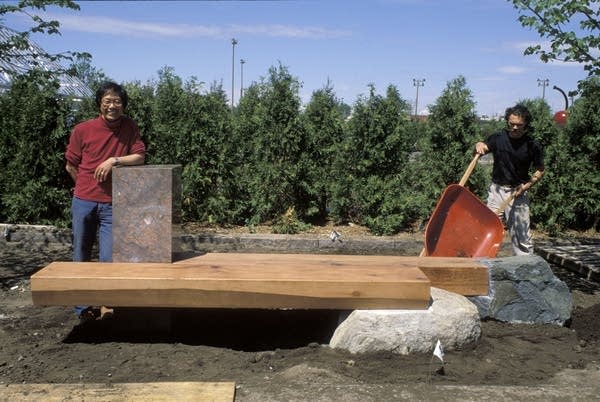Minneapolis Sculpture Garden started with a dream to educate others

Kinji Akagawa installing "Garden Seating, Reading, Thinking" (1987) at the Minneapolis Sculpture Garden, Walker Art Center, 1988.
Courtesy of the Walker Art Center 1988
Go Deeper.
Create an account or log in to save stories.
Like this?
Thanks for liking this story! We have added it to a list of your favorite stories.


